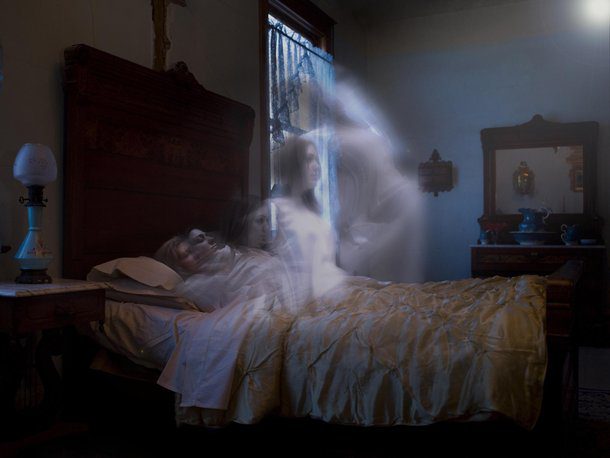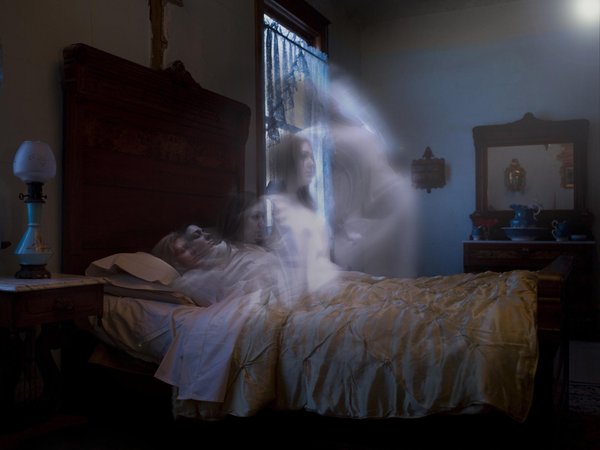There is no greater mystery than death. We all have some kind of curiosity about what we will feel when our lives are over – and this is probably the main reason for the fear we feel from this moment.
Scientists also ask themselves about this topic and have already made some discoveries. One way to investigate the problem is through so-called near-death experiences (NDEs). The oldest medical report of such an experiment dates back to the 18th century, and was made by a French pharmacologist who lost consciousness during the bloodshed. When he woke up, he said he saw “a light so pure and so extreme that he thought he was in heaven.”
But this kind of report – from people claiming to have seen the light, looked at their bodies from the outside or felt at peace – has started to spread relatively, causing science to want to take it one step further.
Read also: Does anyone “die on the spot” in an accident know that they died?
Feeling close to death

One of the leading names in this type of investigation is British physician Sam Barnea, who coordinates an organization that studies cases in which patients have undergone CPR. He and colleagues conducted more objective research: he interviewed 63 people who had been resuscitated after cardiac arrest.
The study found that 7 of these 63 patients were able to remember the thoughts they had when they were unconscious. The reports generally included positive memories. But the doctors noticed something interesting: those who were able to recall the experience had the highest levels of oxygen in their blood, disproving the initial hypothesis that these visions were caused by a lack of oxygen in the brain.
The first conclusion of this investigation was that death from cardiac arrest was not perceived as something painful – most reports spoke of reassuring feelings, which would not justify fear before this moment.
The last moments before death

Research on NDEs often coincides with this description of the absence of pain. It is also known as the order in which the senses usually stop: first, hunger and thirst stop, followed by speech and vision.
Hearing and touch last longer, indicating that many people can hear and feel their relatives at these times, even if they seem unconscious. As death approaches, the heart beats less, blood pressure drops, the skin cools and the nails darken. Internal organs begin to experience difficulties in functioning. Then breathing becomes weaker and faster. Eventually, it starts to stop, until it stops. Minutes later, the heart stops beating and the brain runs out of oxygen.
Although this knowledge may sound bleak or bleak, it is important, because we are a society that tends to deny the existence of death and avoid talking about it. Knowing more about this can help us understand what we share with relatives whose lives are coming to an end and even get some peace of mind about our own death.
Read also: What is the shape of the bullet in the head? Survivors say what they felt

“Wannabe internet buff. Future teen idol. Hardcore zombie guru. Gamer. Avid creator. Entrepreneur. Bacon ninja.”

